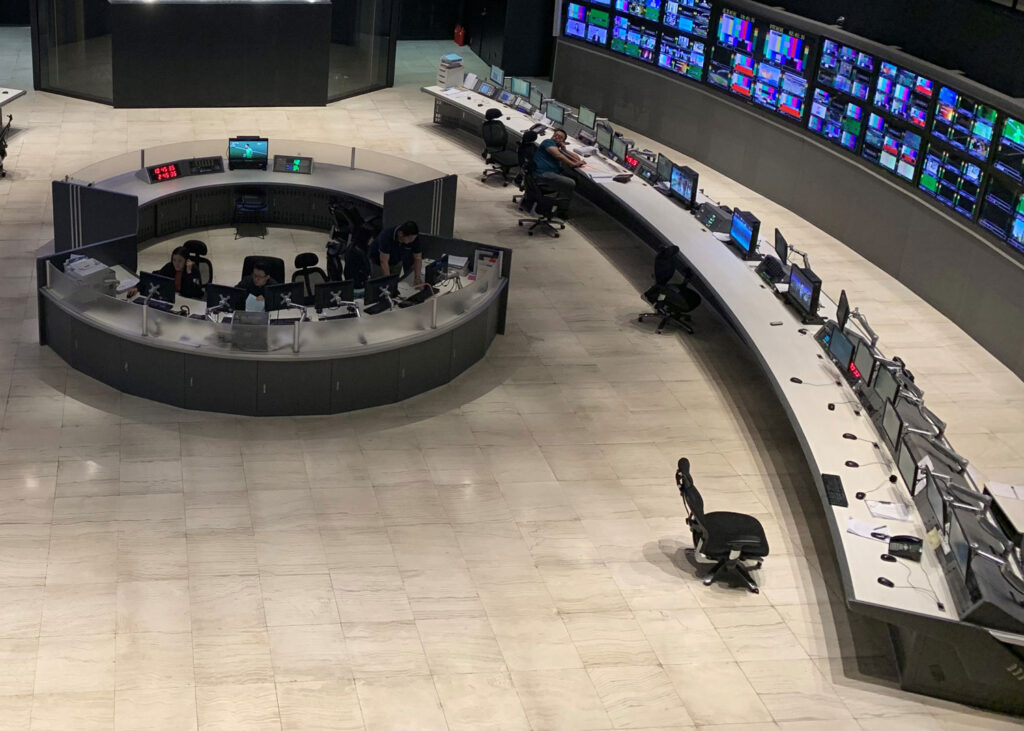PROVIDING HUMAN FACTORS EXPERTISE TO ALL UTILITIES
Whether you call it “Human Factors”, “Human Performance” or “Ergonomics”; the integration of people, performance, and technology is critical for safety as well as effective and efficient operation(s).
Managing the human aspects of design, construction, manufacturing and operations is a key part of the nuclear regulatory framework and requires co-ordination of responsibilities among different organizations.
HSI® offers the skills and experience you can rely upon. We understand how to apply structured design and behavioural methods in complex industries that demand high levels of reliability from both the equipment and the people that operate it.

WHAT WE PROVIDE
- Preparing Human Factors Engineering Program Plans (HFEPPs) that meet CNSC and US NRC requirements (CNSC REGDOC 2.2.1; CNSC REGDOC 2.5.1; NUREG 0711).
- Executing activities defined in HFEPPs including applying Human Factors (HF) guidelines and standards (CSA 290.12-14; IEC 61839; NUREG 0700; MIL HDBK 46855A; Mil Std 1800A; FAA 96/1).
- Application of Behavioural programs to achieve and maintain error free Human Performance (HU).
- Identification and control Ergonomic Occupation Health and Safety risks.
- Training for design staff to better understand and effectively complete HFE requirements of Power Utilities associated with plant modifications.
PROJECT EXAMPLES
- SMR HFEPP: HSI® prepared and issued a HFEPP for an SMR Reactor Building on Behalf of a consulting engineering firm. The HFEPP was submitted to the Canadian Nuclear Safety Commission (CNSC) as part of a Pre-Licensing Vender Design Review (VDR II).
- Control Room Human Performance Evaluation: HSI® reviewed RFP submissions for the supply of control room consoles and then completed a human performance evaluation which included: i) interviewing control room operators and completing a task analysis of each role and then completing link analysis focused on the flow of information between the roles, and ii) an evaluation of possible display configurations for each role using a prototype desk and 42 control room operators.




